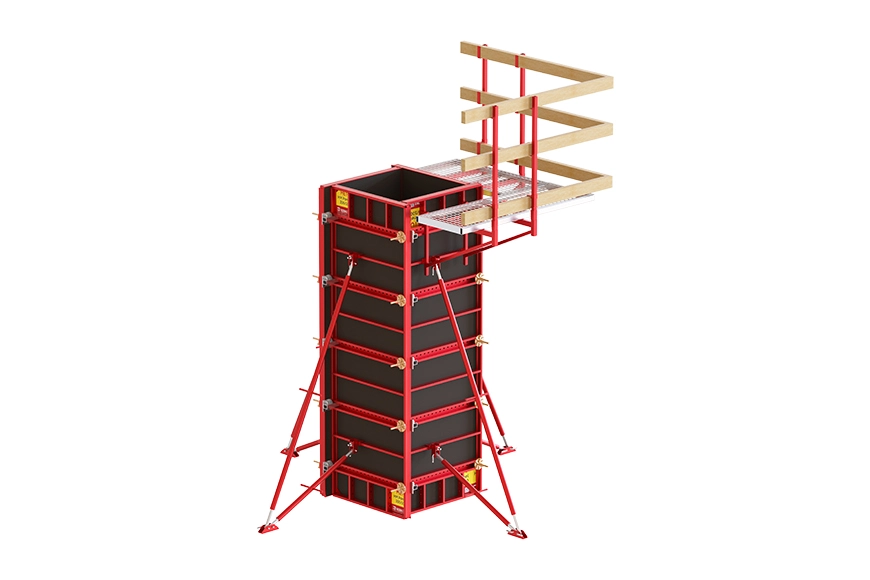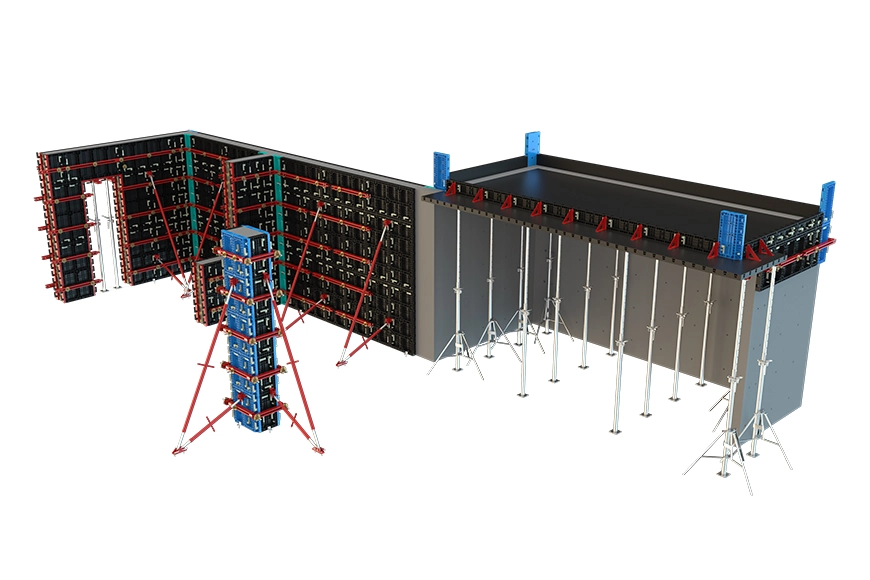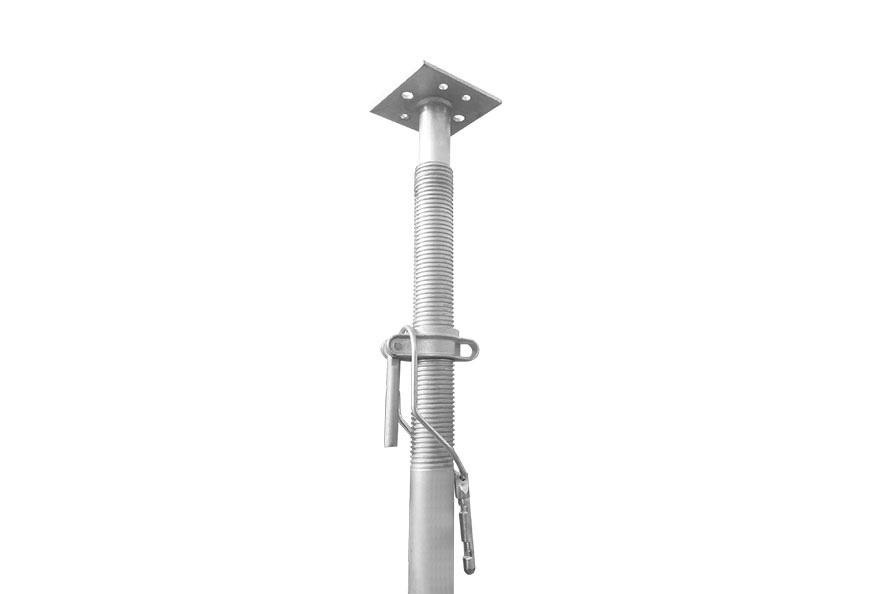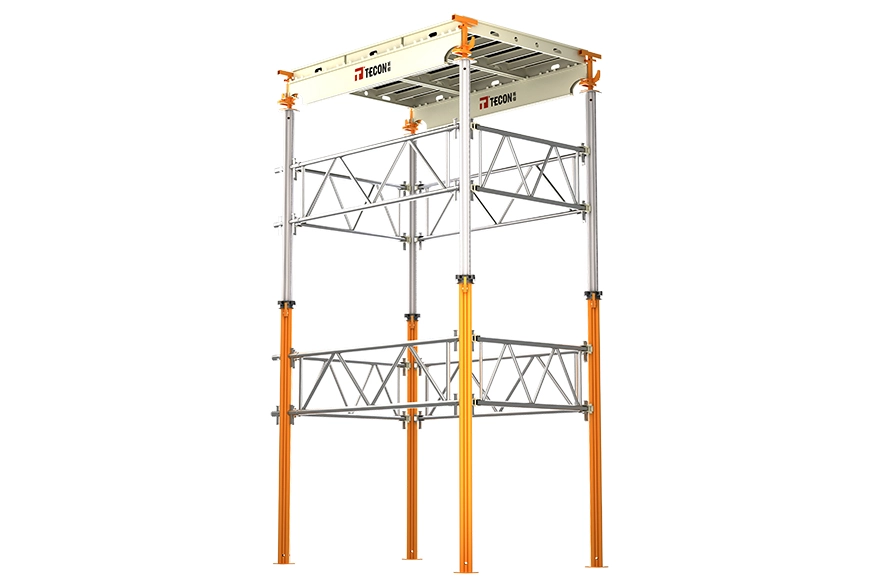When it comes to steel formwork, we may immediately think of cylindrical steel formwork. Next, we will briefly introduce the characteristics and usage of cylindrical steel formwork to those who are interested in this knowledge.
First of all, this product has good resistance, impact resistance, high strength, and good wear resistance. In the process of use, the whole board can be poured after being screwed and positioned. According to our understanding, this formwork has the advantages of low cost, light weight, and simple construction.
In addition, when we use this product, 2-3 people can operate it, the forming effect is good, and it has a high turnover rate in a straight direction with only one vertical gap.
Cylindrical shaping steel formwork needs to adjust the straightness with the help of the pull rod (or its support). In short, the pull rod should be angled at 45 degrees to the ground. As for the specific usage process, it can be mainly divided into:
installing cylindrical steel formwork;
installing column hoop;
installing pull rod or support;
Here, it should be noted that if it is a cylindrical shaping wooden formwork, there is no need to adjust the pull rod to be straight, and its peripheral column mold has matching steel strips.
Alkaline solution deoiling
Using the "saponification reaction", the vegetable oil, animal oil, and alkali that can be saponified in the construction formwork react to produce glycerol and soap that can be dissolved in water. Glycerol dissolved in water can leave the surface of the formwork with water. Soap can further emulsify grease, generate emulsion of water and oil, and achieve the purpose of deoiling. We have prepared a deoiling agent , which works well when cleaned with warm water.
Organic solvent deoiling
Using solvents such as solvent oil, xylene, and other solvents, the oil stains that can be dissolved in the solvent are removed from the bridge formwork. However, the solvent is flammable and easy to pollute the environment.
The standard for checking whether the oil stains and wax have been removed from the surface is to rinse the formwork with water to form a continuous water film. If the continuous water film does not break within 30 seconds, the cleaning work is considered completed. If the dirt and wax are not completely removed, due to different surface tensions, the water film will not be continuous and will break.
As one of the leading experts in the field of formwork and scaffolding engineering, our extensive range of ready-made and custom products ensure that we can provide solutions to your construction projects, no matter how big or small or where they are located. Feel free to inquire.





